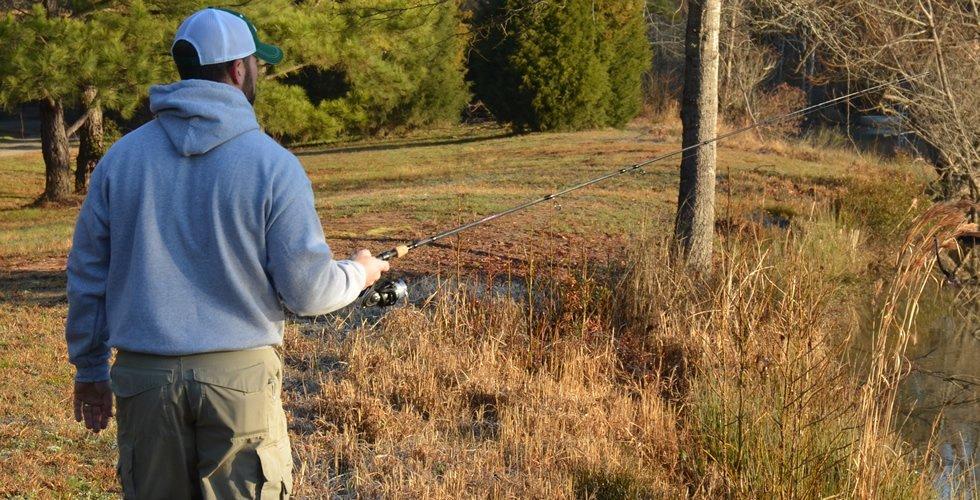How to Find Fish
It's said that 10 percent of the anglers catch 90 percent of the fish. That means a lot of folks could use some help. Sometimes, all you need is a bit of an edge.
What gives that "lucky" 10 percent of fishermen an edge over everyone else? They understand how fish relate to their underwater habitat. If you can predict where fish might be, your chances of catching them dramatically improve.
Put another way, if you don't have a clue as to where fish are, you're bound to have a harder time getting a bite. You can't catch fish that aren't where you're fishing.
The Basics
Fish need to eat, and their food isn't found just anywhere.
- Weedbeds and flooded timber provide habitat for fish like minnows, largemouth bass and bluegills, which prefer shallow cover and relatively warm water.
- Rockpiles in cooler water are attractive to perch, walleyes and smallmouth bass. These fish also are attracted to current.
- Trout prefer pockets of calmer water amidst the cold water of swift, shallow streams, where they feed on emerging insects.
The more you learn about each fish species, the more likely you are to find and catch them.
Play the Percentages
Fish can be in lots of potential places, but you don't need to fish them all.
- Focus on places where food tends to collect or where fish can attack their prey efficiently. This usually occurs somewhere along an edge of their preferred habitat.
- The edges of weedbeds, flooded woodcover or the shoreline all form edges along the surrounding underwater habitat.
- Other edges are less obvious to inexperienced anglers because they're less visible. These can be areas where currents intersect or water temperature gradients exist.
- As you become more proficient at finding edges, you can start zeroing in on the most active, most catchable fish.
Play the percentages by fishing specific spots where fish are most likely to feed.
Gain an Advantage
Find irregularities along edges that concentrate fish.
- Look for the tip of a long point extending into the lake, where it suddenly drops off into deeper water.
- The general edge of weeds attract fish. Any turn in the edge further focuses them within a distinct spot.
- Places where timbers cross or form small gaps can hold fish.
Irregularities along edges can be a key spot where fish and fishermen meet.
Fish need to eat. Find places where food is easily available. That happens along edges. All underwater habitats have their own forms of edges. And all fish species - and their food - find and relate to edges.
To catch fish consistently, understand how they relate to their underwater habitat.
